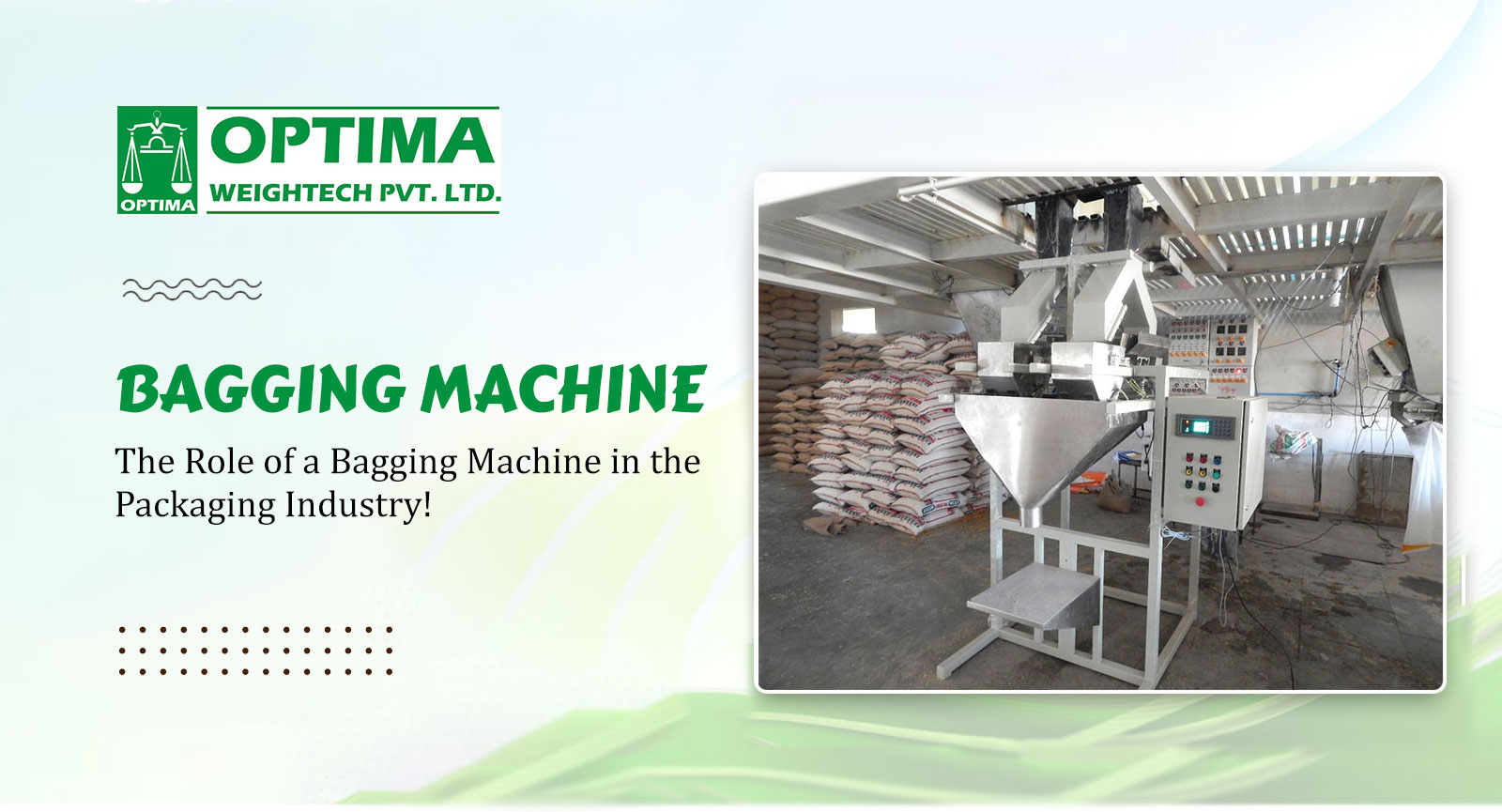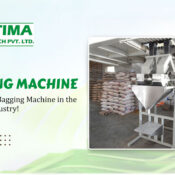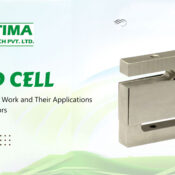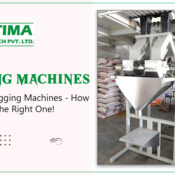
The Role of a Bagging Machine in the Packaging Industry!
In the packaging sector, bagging machine remains a popular choice for a reason. Whether it’s liquid, fluid, or solid products, bagged packaged goods offer simplicity in storage, easy labeling, and extended shelf life. From the food and medical sectors to pharmaceuticals, these form-fill-seal machines play a crucial role in various industries.
What Exactly is a Bagging Machine?
Also known as form, fill, and seal machines, these machines are an automated system that efficiently packages products into bags. These machines can handle a wide variety of tasks, from measuring and filling the product to sealing and labeling the final package. These machines can be as simple as tabletop models for small businesses or highly automated industrial-scale equipment for high-volume production.
Types of Bagging Machines
Here are several types of bagging machines, each suited for different applications and production scales:
Level of Automation
- Manual Bagging Machines: Simplest and most affordable, ideal for low-volume operations. Require manual placement of bags, filling, and sealing.
- Semi-Automatic Bag Fillers: Automate the filling process but require manual bag placement and sealing. Good for moderate production volumes.
- Automated Filling Systems: Completely automate the entire bagging process, suitable for high-volume production lines.
Bag Type
- Open-Mouth Baggers: Designed for open-mouth bags, filled from the top and then heat-sealed or sewn shut. Available in semi-automatic and automatic options.
- Valve Sack Fillers: Used for valve sacks with a built-in spout for filling. Typically fill by weight and can be semi-automatic or automatic.
- Bulk Bagging Equipment: Handles large bulk bags for large quantities of product. Can be semi-automatic or automatic, often incorporating filling by weight or volume.
Bagging Direction
- Vertical Form Fill Seal (VFFS): Forms bags from a roll of film, fills them vertically and seals them. Well-suited for powders, liquids, and granules.
- Horizontal Form Fill Seal (HFFS): Creates bags by folding film horizontally, filling them, and then sealing them. Ideal for solid products like bakery items, snacks, and fresh produce.
Factors to Consider For Choosing the Right Bagging Machine
Selecting the most suitable form-fill-seal machine for your needs requires careful consideration of several factors:
- Product Type: The characteristics of your product – flowability, weight, and size – will significantly influence the type of machine you need.
- Production Speed: How many bags do you need to fill per minute? High-speed machines offer increased production efficiency but come at a higher cost.
- Bag Type: Are you using pre-made bags or film for bag formation? The machine needs to be compatible with your chosen bag format.
- Budget: Bagging machines range from simple and affordable tabletop models to complex, high-speed industrial systems. Determine your budget and find a machine that offers the necessary features within your price range.
Conclusion
The bagging machine is an important product of the packaging industry. From the simple machines on grocery store conveyor belts to the high-speed industrial marvels, these workhorses ensure our products reach us conveniently and securely packaged. So, the next time you reach for a bag of chips or a box of cereal, take a moment to appreciate the silent efficiency of the form-fill-seal machine behind it.




